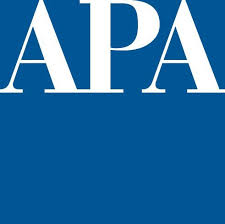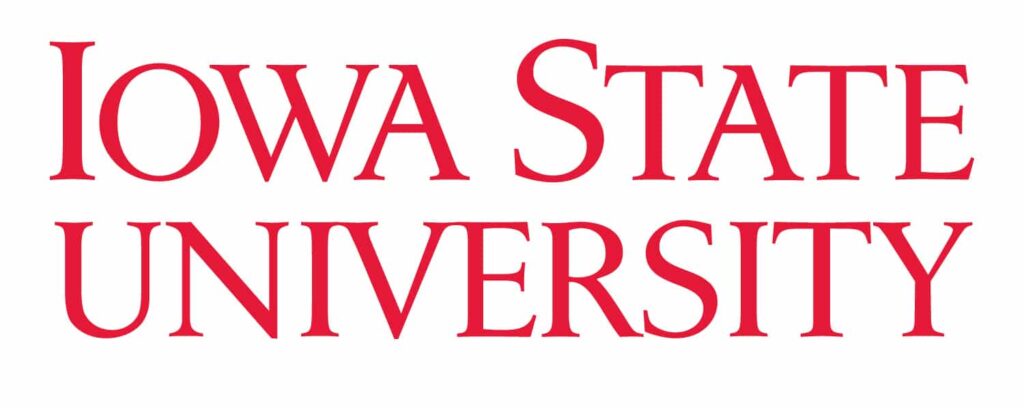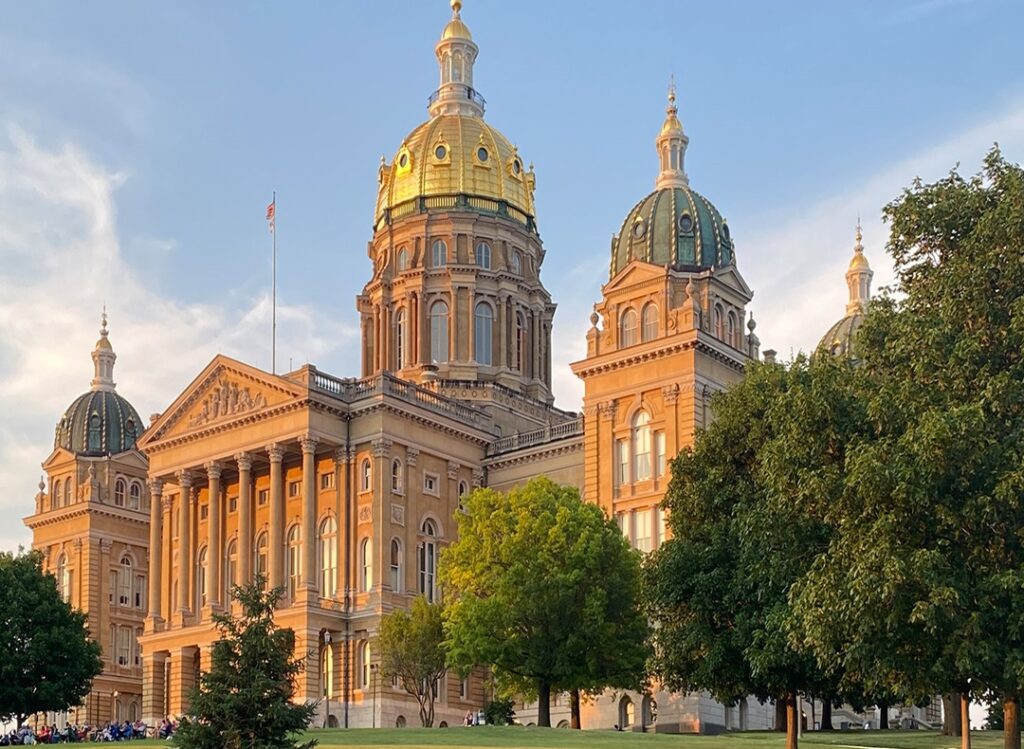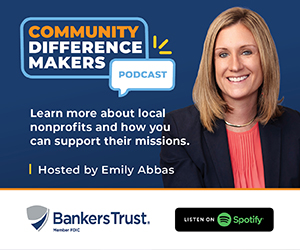Challenges, solutions shared to bridge gaps in racial inequity

Solutions need to be found in areas such as financial inclusion, housing, education, health, employment and education if true racial equity is to be achieved in the Greater Des Moines area, organizers of the One Economy Blueprint for Action said Tuesday.
The report, put together by the Director’s Council, a coalition of community leaders dedicated to improving life for community members, outlines key indicators affecting members of the Black community in Polk County, and begins to address strategies that are needed to improve the economic standing for people of color in the community.
“Today’s One Economy Blueprint rollout comes at a difficult time in our country’s history, compounded by the impacts of a global pandemic on one hand and a racial reckoning on the other. Today’s event calls us to face two painful truths,” said Teree Caldwell-Johnson, Director’s Council chair and CEO of the Oakridge Neighborhood. “One, despite undeniable progress, Black people living in the United States are not yet equal, and two, on nearly every measure of progress or success, Blacks fall short of our white counterparts.”
Caldwell-Johnson said facts and data contained in the report “illuminate the impact of systemic racism on individuals of African American descent right here in Polk County.”
Kevin Walker, president and CEO of the Northwest Area Foundation, which funded the report, spoke to attendees during Tuesday’s meeting, saying when the work began no one knew people would be locked down because of a pandemic, or that the killing of George Floyd at the hands of a Minneapolis police officer “would have shocked the conscience of the world, and started again that long-overdue reckoning in the country with our history of racism and injustice.”
The question, Walker said, is how does the community “take the structures of injustice and tip them toward justice?”
“The hope is that we can seize this moment and really drive lasting change,” he said. “What do we need to do that? We need Black voices. We need the insight and lived experiences of the Black community at the center of what we’re trying to support.”
Des Moines joins Seattle, Minneapolis-St. Paul and Portland, Ore., in doing this work.
The discussion, hosted by the Greater Des Moines Partnership on the virtual platform Zoom, drew as many as 200 people who listened in on an initial conversation about issues affecting the Black community, and then participated in breakout groups to learn more, ask questions and give their feedback.
The report unveiled Tuesday is a follow-up to the Directors’ Council 2017 report “State of Black Polk County,” which revealed “a tale of two cities, a place where persistent disparities prevail in areas of health, housing, employment, education and financial inclusion,” Caldwell-Johnson said.
The 2020 Blueprint for Action not only updates data in the 2017 report, but contains a path toward greater racial equity, she said.
Each section of the report includes goals and strategies to jump-start the work, and is intended to be a starting place for ideas, concepts and policies that can be tailored to individual organizations and agencies, Caldwell-Johnson said.
Among the data shared during Tuesday’s meeting were that 69.3% of Black residents in Polk County rent their home, and that 53.3% of Black renters were considered cost-burdened, or spending too much of their income on rent. By comparison, only about 33% of white residents rent their homes. There is also about a $30,000 disparity in median income in Polk County between black residents and their white counterparts, the data showed, with an average income of $30,000 for a Black household in Polk County.
Other data in the report shows that Black students make up less than 11% of Polk County public school students, with a suspension rate of 35.5%. By comparison, white students make up 70.9% of the school population, with a suspension rate of 38.7%. Another indicator is that 31.8% of Black residents are considered “underbanked,” with 22.1% being unbanked, or not having a relationship with a financial institution. Black customers are also twice as likely to be denied a loan from a bank, data showed.
Solutions offered Tuesday included financial education and encouraging banks to market services to the Black community, and taking services to where Black residents are, and ensuring that nonprofit organizations commit to financial education as part of their work.
Recruiting more people of color into local schools, including staff, teachers and administrators, and increasing services to train and upskill Black workers so they can qualify for higher paying jobs, were among other strategies offered.
Lonnie Dafney, diversity and inclusion director at EMC Insurance Cos. and a member of Tuesday’s panel, said the issues being addressed may affect the person sitting next to you, or someone you are making assumptions about.
“It’s real, and the facts are there, the reality is there, and why this is important is now more than ever is the time to make sure we really, really do the work and meaningful actions so there is one economy, because in the end, people say it’s the human race, and there’s a group of people who would like to join in,” Dafney said.










